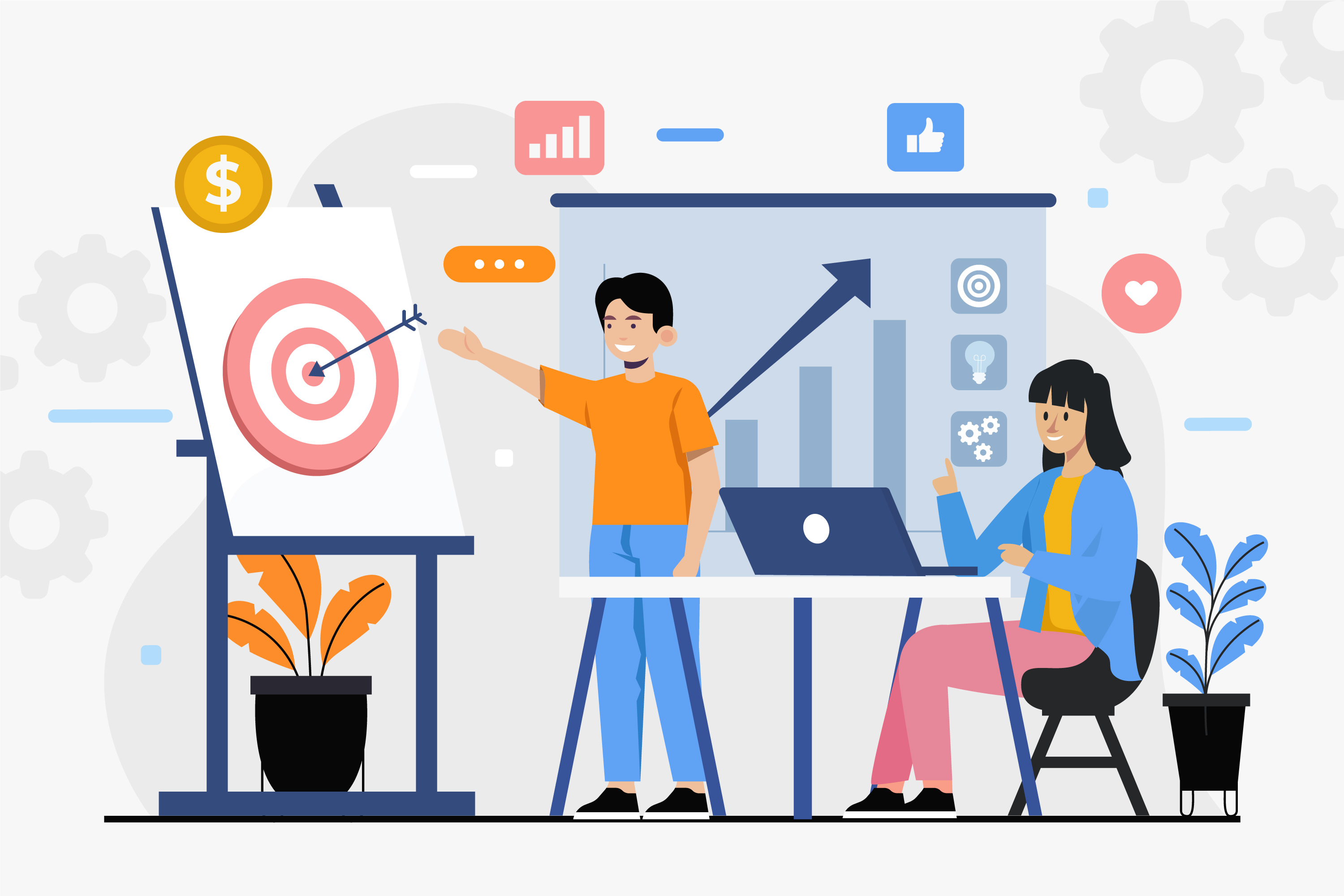As organizations prepare for an ever-changing business landscape, traditional training methods are proving too slow, rigid, and costly to keep up.
Enter microlearning platforms, a transformative approach that delivers microlearning training in short, digestible modules. This forward-thinking methodology is gaining traction across industries, and for good reason: microlearning is not just a trend; it’s a long-term solution for agile, future-focused organizations.
Why Microlearning is Gaining Momentum
Microlearning aligns perfectly with the needs of modern workplaces. It’s fast, flexible, and designed for continuous learning, a must in today’s fast-evolving industries.
Key Drivers Behind Microlearning’s Rise:
- Digital Transformation: The rapid adoption of technology has created a demand for training that is easily accessible on digital platforms.
- Shorter Attention Spans: Employees prefer focused, bite-sized lessons over long, monotonous sessions.
- Agile Work Environments: Organizations need training solutions that can adapt quickly to new skills and knowledge requirements.
- Cost-Effectiveness: Microlearning reduces costs by focusing on essential content, eliminating unnecessary training overhead.
Core Benefits of Microlearning Platforms
1. Just-in-Time Learning
Microlearning provides employees with the information they need, exactly when they need it. This makes it especially valuable for fast-paced industries like healthcare, retail, and tech.
Example:
A software developer accesses a 5-minute tutorial on debugging just before tackling a complex coding issue.
Why It’s Future-Proof:
On-demand learning ensures employees can adapt to challenges in real time, keeping organizations competitive.
2. Scalability for Global Teams
Microlearning platforms support multilingual, localized content, making them ideal for organizations with a global workforce.
Example:
A global manufacturing firm uses microlearning to train teams in safety protocols, delivering modules in multiple languages.
Why It’s Future-Proof:
Scalable, inclusive solutions accommodate diverse teams and evolving business needs.
3. Enhanced Engagement
Microlearning integrates engaging formats such as videos, infographics, and interactive quizzes. Gamification elements like leaderboards and rewards further boost participation.
Example:
A retail company introduces gamified sales training modules, increasing completion rates by 40%.
Why It’s Future-Proof:
Interactive, engaging content sustains employee interest in continuous learning.
4. Measurable Results
Advanced analytics tools within microlearning platforms provide insights into training effectiveness, helping organizations refine their programs.
Example:
HR teams use platform data to track skill progression and correlate training efforts with performance metrics.
Why It’s Future-Proof:
Data-driven decision-making ensures training investments deliver measurable ROI.
Trends Shaping the Future of Microlearning
1. AI-Powered Personalization
AI algorithms curate personalized learning paths based on employee roles, preferences, and past performance.
Impact:
Tailored training ensures relevance, boosting engagement and retention.
2. Integration with Workplace Tools
Microlearning platforms now integrate seamlessly with collaboration tools like Slack, Microsoft Teams, and Zoom, embedding training into daily workflows.
Impact:
Employees access training without disrupting their routines, making learning more efficient.
3. Mobile-First Training
With mobile devices dominating the workplace, microlearning platforms are prioritizing mobile-friendly designs.
Impact:
Employees learn on the go, increasing accessibility and convenience.
4. Continuous Upskilling
As job roles evolve, organizations use microlearning to provide ongoing skill development, preparing employees for future demands.
Impact:
Continuous learning ensures companies remain agile and employees stay competitive.
The Role of HR in Future-Proofing Training
HR leaders are at the forefront of driving microlearning adoption. By championing this approach, they can:
- Align Training with Business Goals: Ensure learning initiatives support organizational objectives.
- Promote a Culture of Continuous Learning: Encourage employees to view training as a lifelong journey.
- Leverage Data for Improvement: Use analytics to refine programs and demonstrate their impact to stakeholders.
Conclusion: The Future is Microlearning
Microlearning platforms are revolutionizing corporate training by addressing the challenges of traditional methods and aligning with the demands of a digital-first workforce. As organizations prioritize agility, engagement, and measurable outcomes, microlearning will remain an essential component of their training strategies.
5Mins.ai helps thousands of teams speed up their training and upskilling with our AI powered TikTok style platform. You can check out our full library of 20K + bite-sized lessons by filling in the form below
Full Catalogue
.png)



